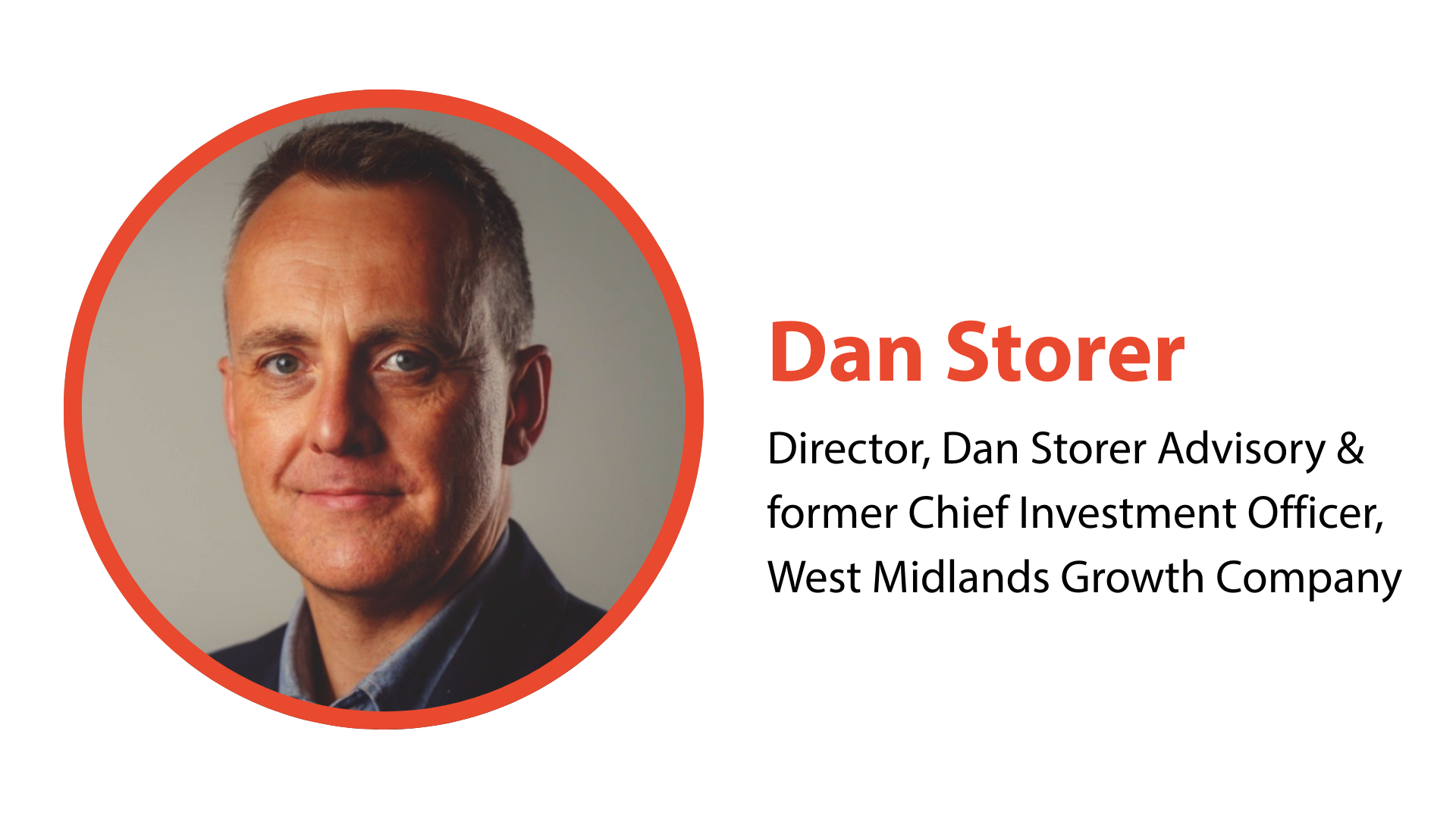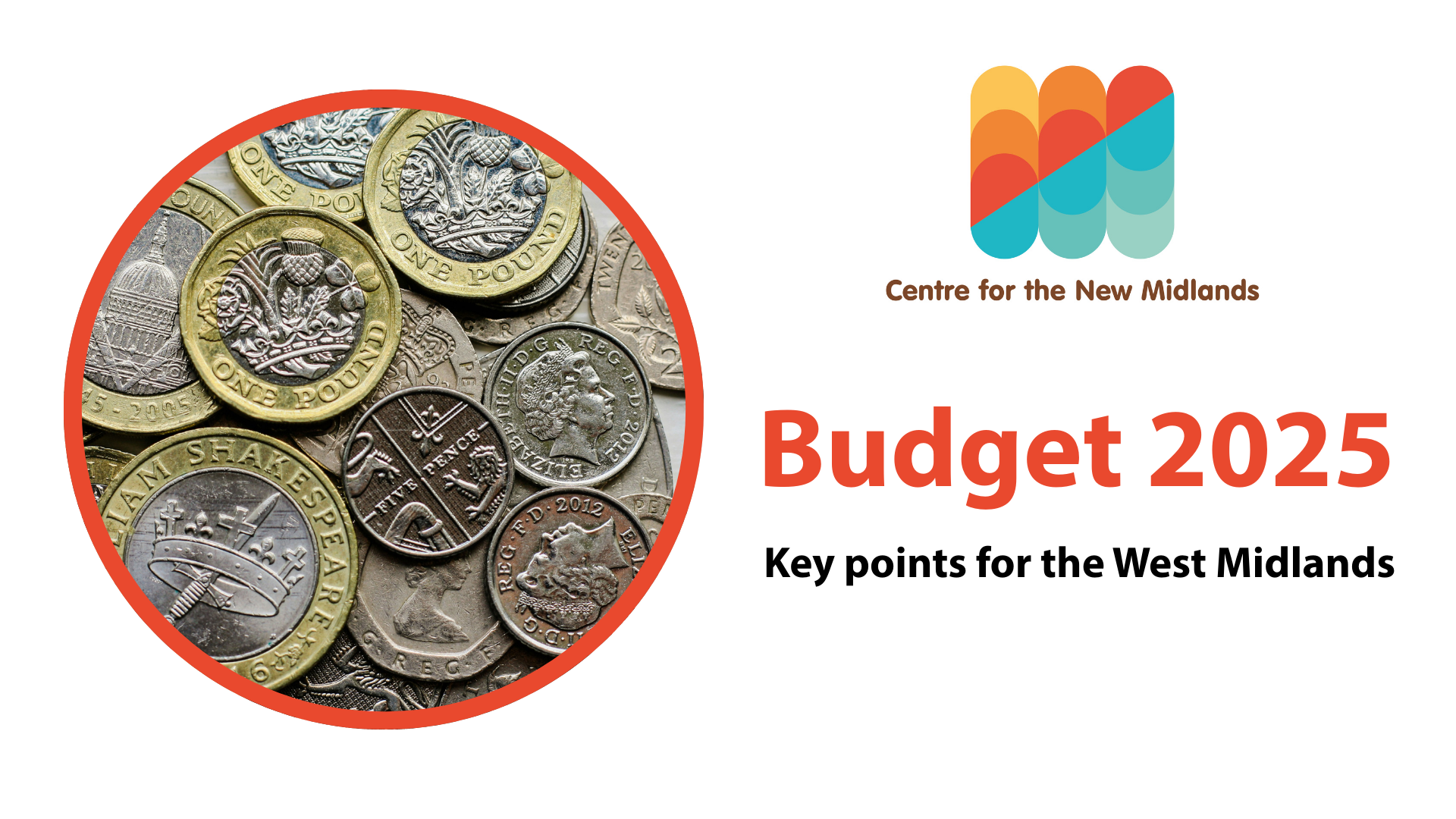In this article, Dan Storer argues that the renewal of the UK’s town centres is not a peripheral concern but a central pillar of national economic strategy. While the country’s new Industrial Strategy focuses on frontier sectors such as advanced manufacturing, clean energy and AI, Dan contends that these ambitions cannot succeed without equal attention to the “foundational economy” of everyday places—its high streets, local services and civic spaces. He highlights the growing disconnect between industrial policy and place policy, suggesting that this gap represents both a risk and an opportunity: unless the basics of safety, accessibility, public realm and community infrastructure are strengthened, efforts to attract high-value investment will falter.
Through the lens of initiatives like Pride in Place and examples such as Royal Sutton Coldfield in the West Midlands, Dan shows how improving local fundamentals can unlock wider confidence, attract strategic capital and ultimately create the conditions in which the frontier economy can flourish.
(November 2025)
Across the UK, many town centres feel hollowed out. Once the centres of local life, they have been reshaped by online retail and the draw of out-of-town shopping. What were symbols of civic pride have too often become reminders of long running decline.
At first glance, little of this seems connected to the UK’s new Industrial Strategy. The focus on advanced manufacturing, clean energy, AI and life sciences may meet a macroeconomic rationale, but it feels remote from the foundational economy that shapes daily life: retail, hospitality and local services. Yet the two agendas are inseparable. Attractive, confident places are often a precondition for high value investment. They draw in talent, anchor firms and support long term growth. Equally, investment in frontier sectors means little if the places people rely on every day continue to deteriorate.
Despite this interdependence, the policy link between the two remains thin. Industrial and place policy still move on separate tracks, one centred on productivity, the other largely on pride. That disconnect is also the opportunity: to build a more joined up approach that treats local renewal not as decoration but as part of the nation’s economic infrastructure. The frontier economy will only go as far as the foundational economy can carry it.
Introducing Pride in Place
This is where Pride in Place sits. Launched in 2025, it is a national programme designed to support long term local renewal. It builds on the earlier Plan for Neighbourhoods and aims to strengthen the fundamentals that make places work. It is not presented as economic infrastructure, but in practice that is what it touches: the everyday environment that shapes confidence, investment and growth.
In principle, Mayoral Combined Authorities should bridge national ambition and local delivery. Their strategies are meant to bring investment, innovation, skills and regeneration together. Where that alignment exists, Pride in Place can sit comfortably within a wider regional approach.
But the gaps are real. Some areas do not have Combined Authorities at all, and capacity is thin in many that do. Even well-intentioned programmes can become isolated projects if the wider delivery framework is missing. Central government cannot run neighbourhood programmes from London, and local authorities cannot deliver system scale change without stability and strong partners.
Why capability matters even more now
Recent shifts in national investment policy amplify this challenge. Central government’s trade and investment system now directs most of its effort towards high value frontier projects. Smaller or more everyday forms of investment receive lighter support or are pushed to local partners. The question is who has the capability to pick this up. A handful of Combined Authorities do, but most places do not.
This is the UK’s missing middle: the space between national ambition and what happens on the ground. It is the level where strategy either becomes real or quietly falls away, and it is exactly the environment Pride in Place must work in.
Pride in Place represents a shift away from short term competitive pots towards multiyear, locally owned programmes designed to rebuild capability, confidence and momentum. It reflects a wider truth: place quality is economic policy.
This is not just about planters and paving. It is about the basics that determine whether a place is investable: safety, accessibility, public realm, community assets and the overall experience of everyday life. When those foundations weaken, economic potential weakens with them. When they improve, the investment flywheel starts to turn: better fundamentals lift confidence; confidence attracts capital; capital strengthens fundamentals again.
The Pride in Place funding of roughly £20 million per place over ten years will not transform a town centre on its own. Its value lies in what it can unlock. By improving fundamentals and giving places the stability to plan, Pride in Place can create the confidence needed for much larger flows of private and institutional capital. It becomes catalytic rather than cosmetic.
But that only works if places can join the dots. Strategic investment is not confined to science parks or major business districts. It is equally relevant to towns and local centres when the fundamentals are right. Many places, however, lack the investment attraction infrastructure, the market insight or the convening power required to turn those improved conditions into real projects. Without that capability, the opportunity can be missed.
Royal Sutton Coldfield: investment, confidence and the power of fundamentals
Some of my recent work in Royal Sutton Coldfield has given me a ringside view of what can happen when strong fundamentals and committed external investors come together. Investors from outside the area confirmed what many locally had long understood: the fundamentals were strong. When that external confidence meets capable local leadership and a committed community, momentum can build quickly.
The town sits just north of Birmingham with direct links to the airport and the future HS2 interchange. It serves one of the most affluent and skilled catchments in the West Midlands. Like many others, the town centre has faced the long shift in retail, with falling footfall and a traditional model that no longer reflects how people live and work.
At the centre of the story is the Gracechurch Centre, a typical 1970s shopping centre acquired in 2023 by London based SAV Group and local Birmingham Property Group. Their investment was grounded in analysis, timing and a long-term view, and was further supported by the West Midlands Combined Authority through its partner, Frontier Development Capital.
Momentum accelerated when Harvey Norman, the Australian owned global retailer, chose Sutton for its UK headquarters and flagship store in a former BHS unit which had stood empty for nearly a decade. Known for its evidence led expansion model, the company recognised the town’s strong demographics and growth potential. Its decision brings new jobs to the centre and creates a visible anchor for renewal.
Earlier this year, Sutton was also selected in the first cohort of locations to receive Plan for Neighbourhoods funding. This has supported the creation of a strong neighbourhood board working with the Town Council on early priorities. Together, these moves have helped build early momentum and show how different forms of capital can start to align when the fundamentals are strong.
Redefining what counts as high value
Seen this way, the definition of “high value” needs to broaden. A global retailer committing to a regional town centre may not generate the headlines of a Gigafactory, but from a place perspective its impact can be catalytic. For many towns, value is measured in confidence and activity: people returning to the high street, assets brought back into use and a renewed sense of direction.
Royal Sutton Coldfield shows this clearly. Strong demographics, disciplined investors, strategic capital, regional finance and a capable Town Council have combined under Pride in Place to create genuine early momentum.
Strategic investment across the whole economy
The UK has rediscovered industrial strategy, but strategy only works if it reaches the places where people live and work. Strategic investment cannot be confined to the frontier economy. It must operate across the whole system, supporting high value sectors while strengthening the everyday places that underpin them.
Strategic investment is not ring-fenced to science parks or advanced manufacturing clusters. In the right conditions, it can be just as catalytic for town centres and local economies. Sutton shows this clearly. International investment is reviving long vacant assets, creating new jobs and helping reset local confidence. That is strategic investment in its most practical form.
Used well, Pride in Place provides the platform for more of this. It improves fundamentals, builds confidence and gives places the stability to plan. With the right capability to join the dots, it can unlock the private and foreign investment that changes a town’s trajectory.
The frontier economy will not thrive without strong everyday places. If we invest in the foundations, the rest follows.
This is a personal blog post. Any opinions, findings, and conclusion or recommendations expressed in this article are those of the authors and do not necessarily reflect the view of the Centre for the New Midlands or any of our associated organisations/individuals.
ABOUT OUR AUTHOR:
Dan Storer is a UK strategist and consultant who launched Dan Storer Advisory Ltd in March 2025.
Before founding his advisory business, he served as Chief Investment Officer at West Midlands Growth Company (WMGC), leading its business-attraction and inward investment efforts. Prior to that, he worked at the inward-investment agency MIDAS for Manchester and held senior international sales leadership roles at Rolls‑Royce Plc (Civil Aerospace) and at shipping group Royal P&O Nedlloyd.







